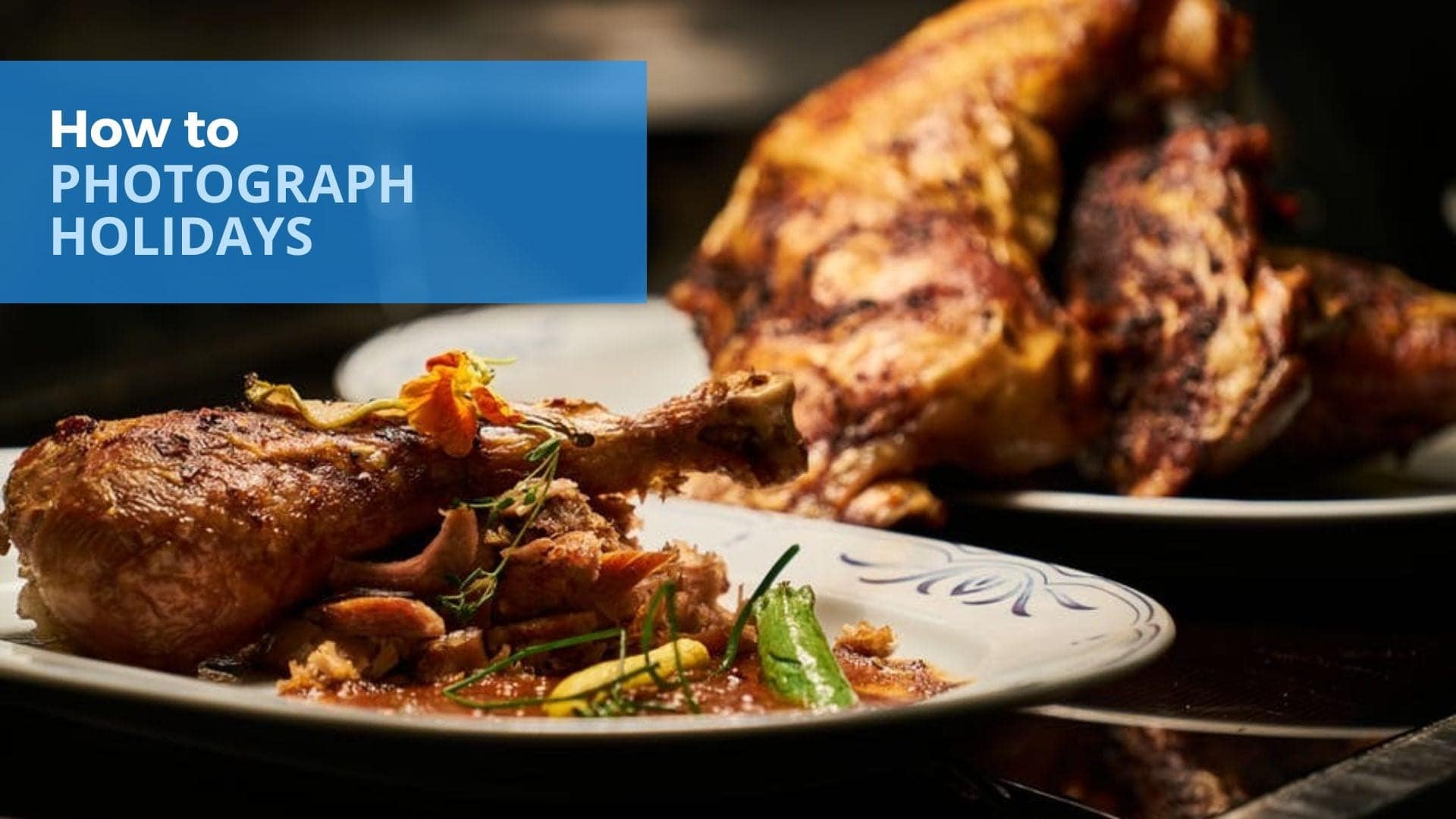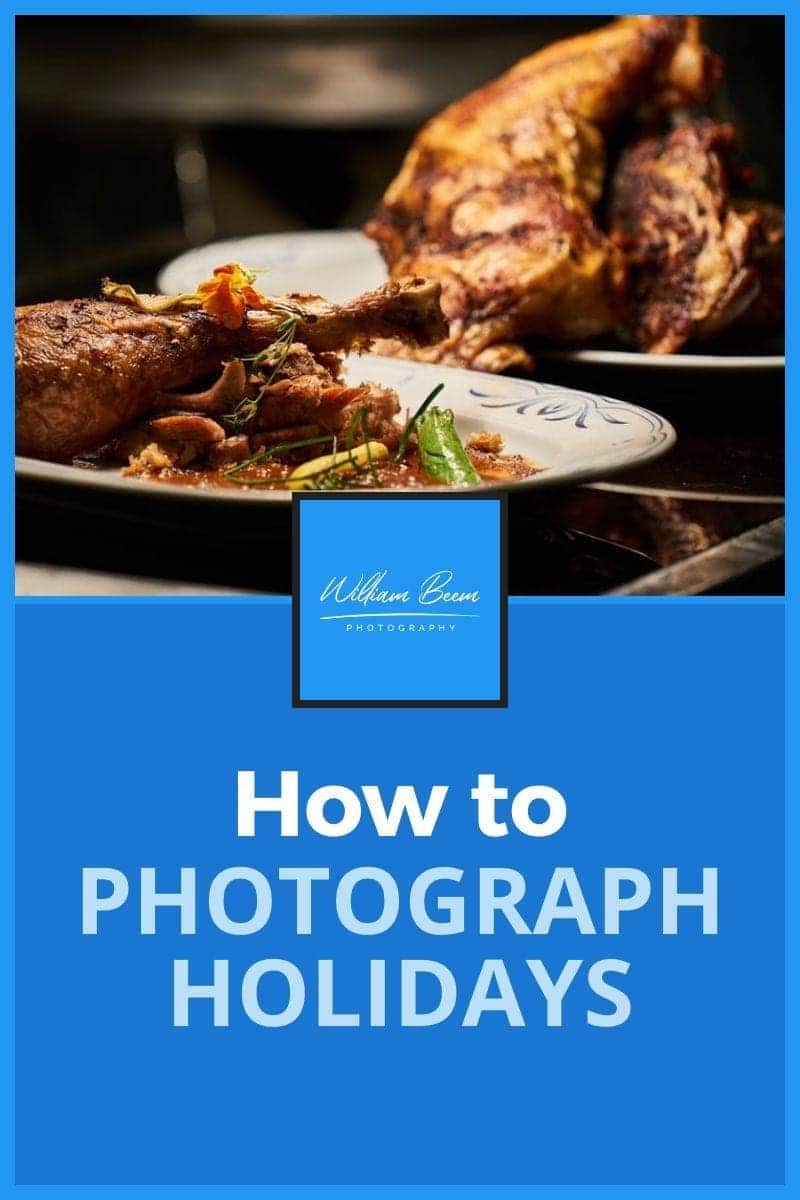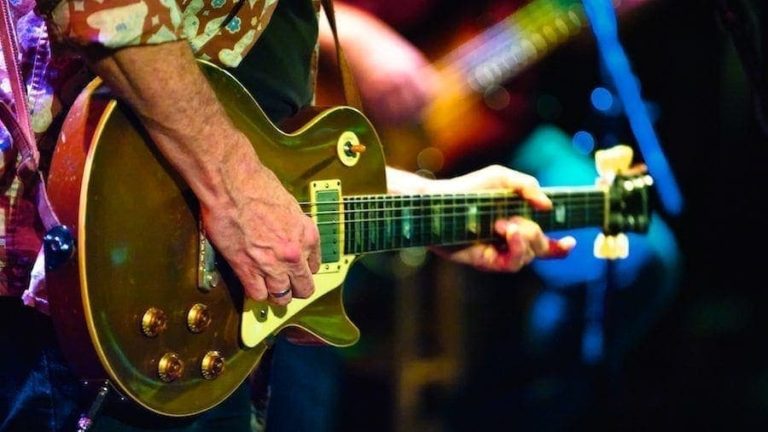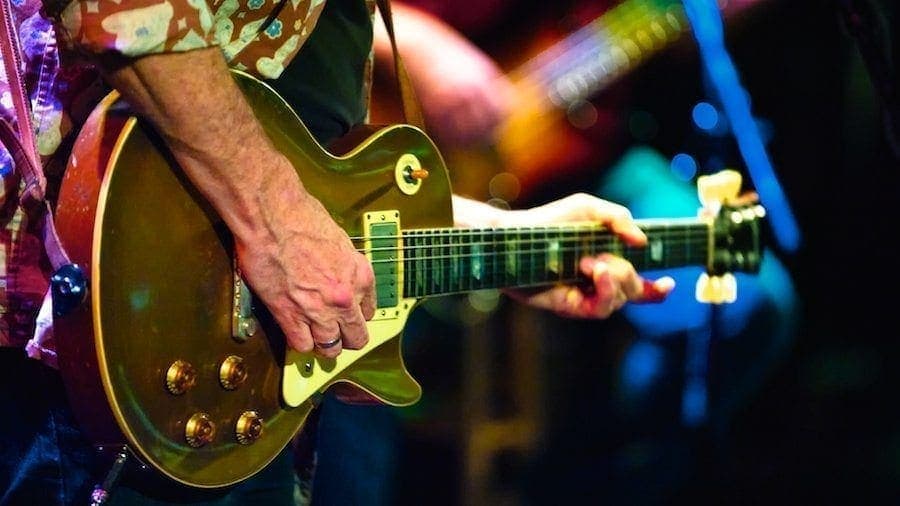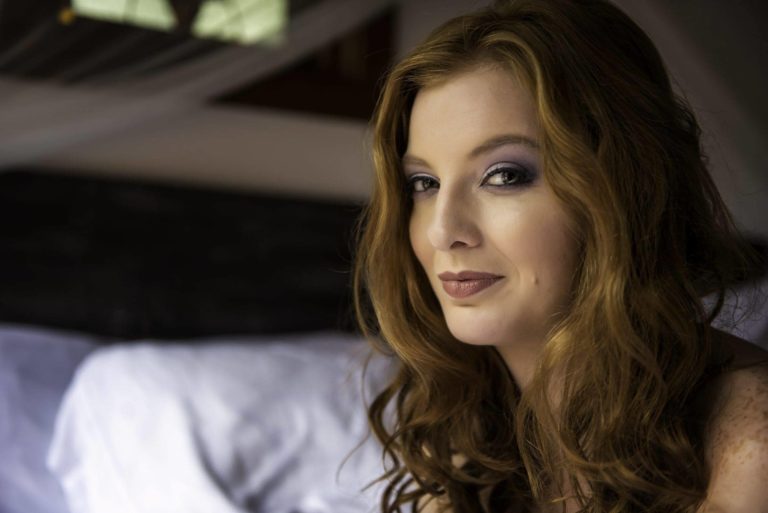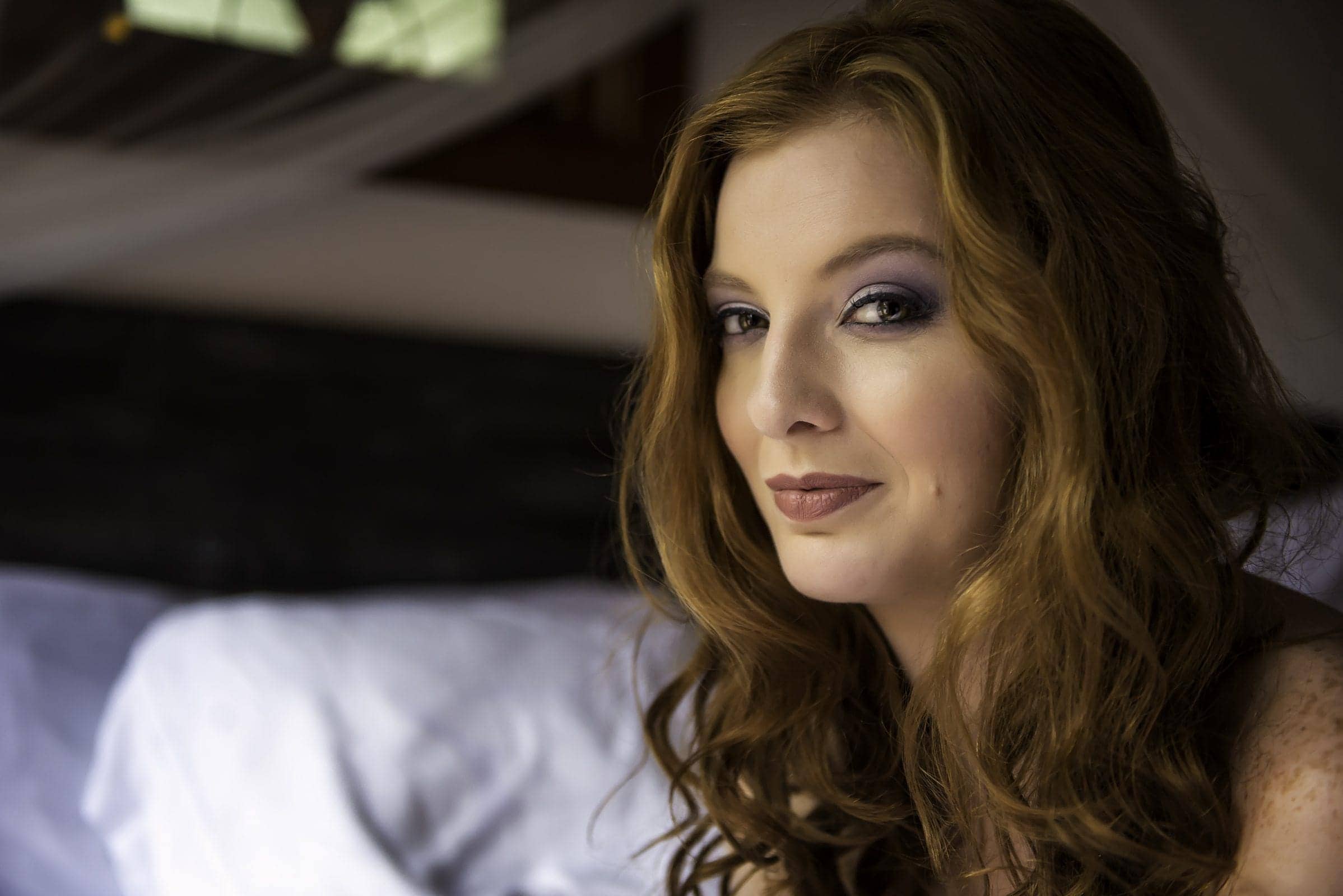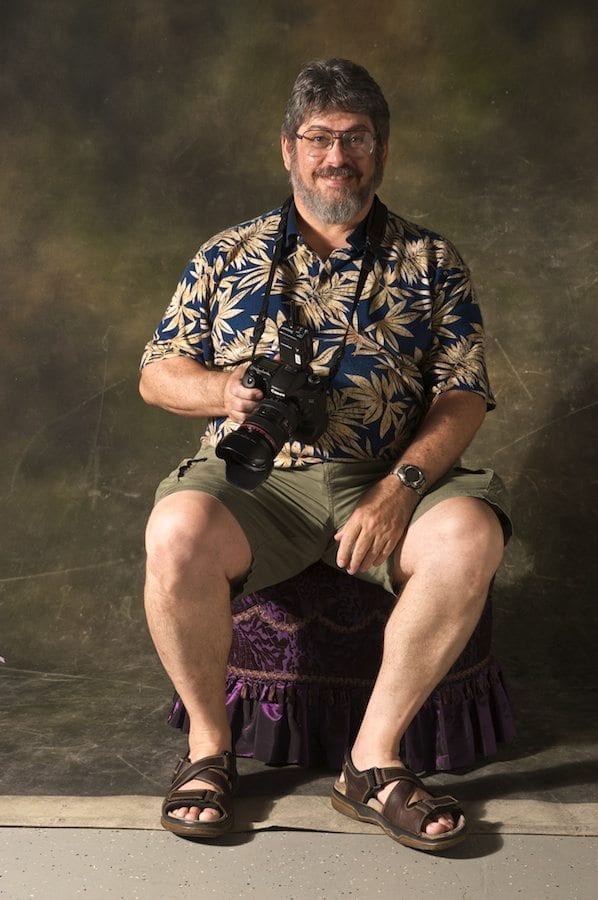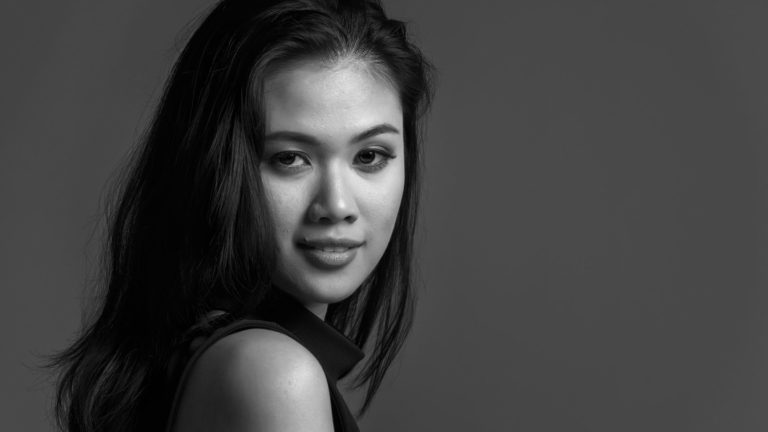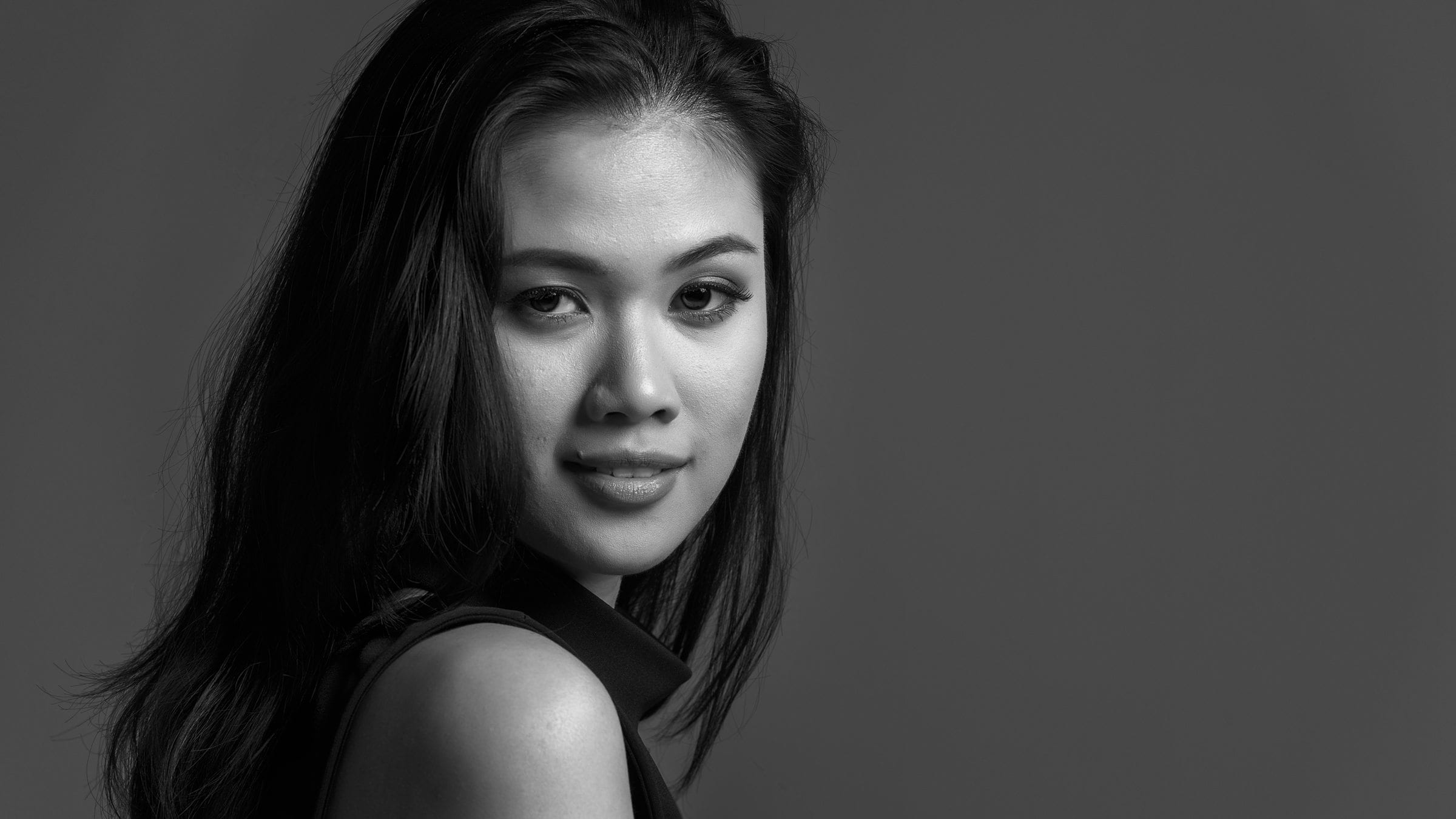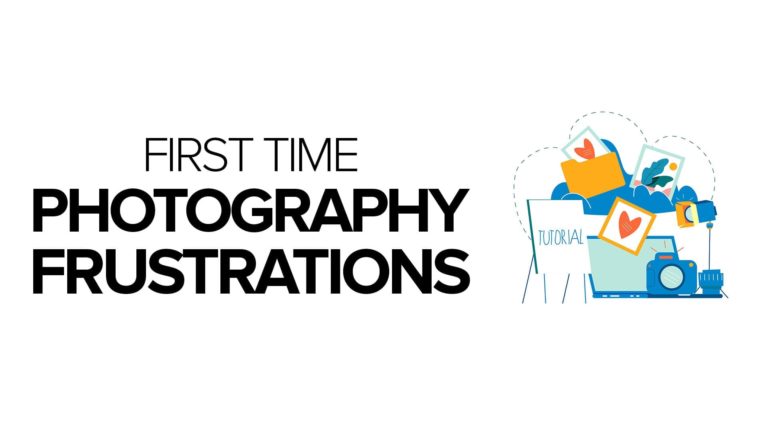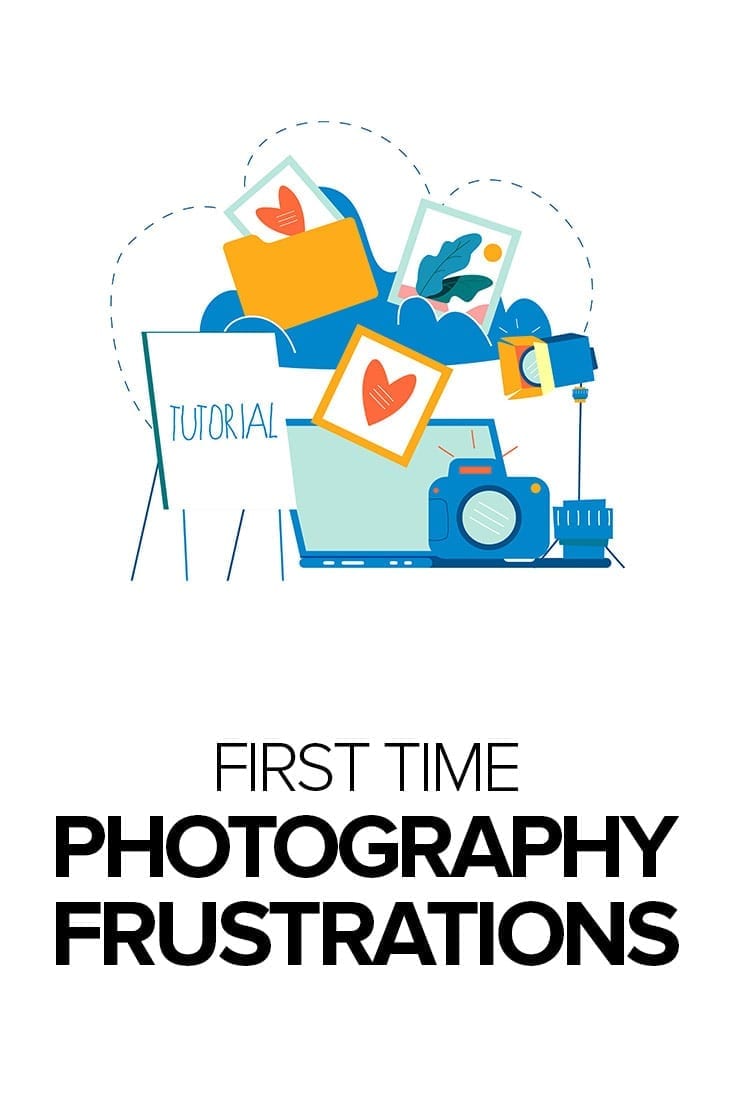Affiliate Disclosure: We earn a commission if you purchase through one of our links at no additional cost to you.
The desire to photograph holidays and family gatherings is a natural need to tell stories. It doesn’t have to be a formal holiday or gathering, but we want to capture our memories and share stories with close friends and families.
In this episode, we’ll discuss what you need to keep in mind so you can get the best photos for your memories without getting in the way of the day’s purpose and meaning.
When you get down to it, you’re capturing the meaning behind the gathering when you photograph holidays and family gatherings.
Things to Consider When You Photograph Holidays and Gatherings
The trick to keep in mind when you photograph holidays is not to get in the way of the holiday.
So be observant rather than intrusive. Don’t direct. Just be ready for the action to unfold.
You’re telling the story of the day, which means you can plan in advance and anticipate some of the photos you want to capture.
Most family holidays and gatherings have food. It’s a big part of celebration in many cultures. So think about the journey of the food on this day.
- Meal preparation
- Someone sneaking into the kitchen for a bite
- The table setting
- When the food comes out of the oven, stove, grill, etc.
- Placing the main course on the table
- Serving & carving
- Dessert!
- The aftermath
You also want to capture people arriving. Get photos of their activities during the day. Look for emotions, both high and low. Get those cozy shots with family and friends.
Change your perspective, so you get photos from interesting angles.
As I learned a long time ago from Joe McNally. Think like a coffee table book. Don’t just get the big shots. Get the details and events of the day.
Also, don’t forget the group photos. People love them more than you can imagine.
Time Stamps
I mentioned on a couple of previous podcasts that for the month of October, 2020, we're talking about how to do certain kinds of photography. And since we're coming up on the holiday season today is about how to photograph holidays. So that's what we're talking about on, I Like Your Picture. I'm William Beem. Welcome to I Like Your Picture. The show that helps you improve your photography with visual storytelling.
What is visual storytelling? It's a method of approaching your photography with a knowledge of who you're trying to serve with your photos and what emotion you want to make them feel. We encourage you to concentrate on your subject, light and background to create a photo your audience loves. I'm glad you found us. Hi, my name is William Beem. And I am Lee Beem.
And if you haven't checked out our YouTube channel yet I encourage you to do so. Just go to William beem.com/youtube. You'll find it. I've been doing a lot on it lately, probably two or three videos a week. And mostly it's been on Luminar 4 and the upcoming Luminar AI. I'm going to be actually after this podcast, I'm gonna be doing another one on Luminar AI.
So check it out. And also I've got a couple of videos out there on Lightroom. There are more products to come. And mostly what we're talking about is how you work with your photography software tools. If you've got a suggestion, I'd love to hear it. If there's something that you'd like to see on the YouTube channel, but that's kinda my sponsorship message for today is please come check out the YouTube channel. All right today.
So we're going to be talking about how to photograph the holidays, and usually I'll give you three takeaways today. We're just going to make it nice and easy to get through. We're going to talk about the kind of shots that you may want to get. Some of the things that you want to look at to tell your story. I think we're just going to go ahead and get started.
So before we get started with the main points that I have listed, I always have to ask Lee, cause she hasn't really said anything other than her name yet. I know. And usually I do the most talking. I know. What do you like about holiday photos? And when I say holiday, I'm thinking everything from Halloween through New Year's Eve. Food,
I don't look, I like taking food photos, that kind of best kind of my thing. And do you know what the funny thing is? I like taking food photos because I like the art in food. I like baking. I find I like making food and preparing meals. I'm neither here nor there when it comes to eating it. I'm one of those people who eats to live,
not live to eat. So for me, this is kind of a practical thing, but if you've ever gone and said, look, I'm going to take pictures of food. Like we went to an event once that Orlando one. Yeah, There was an Orlando charity event and there were all these different restaurants and chefs that were available there and they were showing off different types of food.
And you know, we had samples, but we actually went there to photograph the event. We did. And that was for another site that we had called Orlando Local. But it's, it was really an interesting experience, but what was it about the food there and the chefs? Cause I had a great shot of you with one of the chefs. Okay.
So I wasn't alluding so much to an event, but this would also cover that if there are such things in 2020, or Halloween. When you are taking photos of food, you don't really do much eating. You know, I'm bringing that back now into the home. Let's say it's Thanksgiving or a celebration or Christmas or Hanukkah. And you're taking pictures. If you're taking the pictures of the food,
you don't have spare hands to eat the food. It is just something to keep in mind. Some people I think prefer not to do food photography. I've actually heard someone say, yeah, I don't want to be taking the pictures of the food. And this wasn't a professional photographer or anything. This was just family photos, because they're always the ones who starve.
This is a good thing. No matter what culture you're in, food is a big part of celebration. And holidays really are about a celebration of some kind or the other, even the Halloween, which is just a creepy holiday to begin with. But I like it for the little kids. We would have little kids come over to our house. It was before the sun went down,
they're cute. They've got their costumes on and their eyes were so delighted when we handed them. I love the little kids. Yeah. Then later on the evening it seemed like busloads of teenagers from out of our neighborhood were coming around. And that's when we kind of turned our lights off because it wasn't as fun then. It's just in the last couple of years,
we never really had that before. But the idea of the little kids going around doing the Trick or Treating, we really enjoy that. That's food. Even if it's candy and things of that nature, they want to show off what they got. I mean, one of the things that the end of the night, when they all get home, I say,
okay, what have you got? And then there's kind of go through their bag and they start picking things out and they've got their favorites. And then maybe if there's a couple of kids that might start trading with each other, I think those are interesting moments that are kind of based around food. But those are the things where you get down on their level and see things the way they do.
Yeah. Beyond Halloween, we've got the next one up. The next big one that's coming up is Thanksgiving. And that is very much centered around food. Just looking at a food photo from a holiday tells you the holiday. It does because even let's say with my family, we do different meals for Thanksgiving than we do for our Christmas dinner.
It wasn't always the case. It used to be almost a duplicate, but my mother is kind of the one who's been handling that for so many years. But what I was gonna say about the food is spend the day when there's something like that, Thanksgiving or Christmas dinner, or, you know, whatever the special occasion is. There's a story to be told just about the food.
I mean about the preparation, about the people coming over and maybe bringing a dish with them. The table decor, I would say the table setting. The presentation and then when people are eating and, and obviously when they're stuffed, Do you know that's the actually a tradition? Not nobody in my family will, aside from my brother, our actual actually into photography, but my parents were very big on capturing memories.
They didn't have fancy cameras and they use the, they usually use to get their things developed into negative into slides. So instead of doing the negatives where they print them into photos, I don't really do the slides with the slide projector anymore. So we're going back for like way in the beginning of the seventies. We used to love looking up at these things.
The one thing like, for example, for Christmas or a birthday party or any, any celebration Easter lunch. My mother always made sure she got a picture of the table as it was set up before. She documented every single year from when she and my dad got married. Now I do it. I always take a picture of the table. Well, these are family traditions and it's family storytelling.
And that's what I'm we're really talking about with this month is not so much about professional photography going off and documenting someone else's family, family memories. This is you and your family or your friends or whoever your social group is. Look, I remember what it was like when I was living on my own and I couldn't necessarily go over and spend the time with my family.
It's kind of not as fun when you're by yourself, but there's still a story to tell. There is still a story to tell, but you also tell kind of slightly skimmed over something. That's actually quite a big point when you said that these are not necessarily professional photos. I would say that family holidays, when it comes to the kind of nuclear family meal,
or, you know, this is your core family. These are typically not the photos that you want or need to share. These are the ones that you want to keep to preserve, to pass onto your kids or to other family members who went back with nostalgia. Well, I know, I think I know where you're going with this, but when I say these are not professional photos,
it doesn't mean that these are not high quality photos that you don't want to take your time and get your composition and your exposure and everything right, and the storytelling. When I say they're not professional, it means you're not hiring or being hired out as a photographer to go to someone else's family to take these photos. But also these are not photos that you necessarily need to feel
you have to get a certain way to present online or in a, like maybe on your Flickr or SmugMug or wherever you host your photos, Facebook sharing, or however you do it on Instagram. That's just depends how you run your account. So your miles are going to vary on that one. But I think you actually get a different mindset when you're hoping that it's something you can show off,
as opposed to trying to get a really good photo that's especially for you. I feel like I'm totally worthy of good photos. That's I know when I take them, this is for me, this is not for anybody else. This is our family. So that part I agree on is like the audience is for your family, your friends, the people who are in your close circle,
and you may have like one or two, it's like, this is what my family did, but you're not going to show all of them like that. So when we talk about family photos, this is for your close circle, direct family, distant family, friends, close friends. That's the kind of audience that I'm thinking of for, for these photographs and also for your memories,
because you know, one of these days, if you're not already, you're going to be a grandfather or grandmother and you want to show, you know, the people coming up on the family line, this is what we did and how we did it. I found out when we got married, that Tové has an interest in my history. Yes she does.
She's always going to my mother looking for stories about me. She was asking about photographs of me when I was little and you know why? No. I come from a family where even though they, they were the kind of photos that you don't share on Facebook, not because there's anything inappropriate about them, but just because they just really probably crappy photos,
we just took photos of everything she was raised with that. My parents did that. So we got to show her stories and pictures from when she was born. And I think that's how she learns her family history. So that is why she's, she's always on the lookout for stories and photos. And that is why I think that it is important to understand how to photograph holidays.
And it doesn't have to be just the holidays of this season. We're hoping that this episode is valuable to you at any time of year when you're having a family gathering or event. Birthdays, holidays, whatever it may be. The food I think particularly towards the end of the year is really one of the big stories of what we're talking about, the food and how that affects the family is also part of your story.
Food coma photos are really important. That was one of the first things I put on here is like to kind of get cozy. In other words, like after everybody's has something to eat, people are going to go off to the couch. If you've got little children, they might start to lose energy and fall asleep or curl up against somebody.
You know, one of the adults or maybe their brother or sister. And I think those are wonderful photos. Except when it's Christmas. Why not when it's Christmas? Little kids don't fall asleep early on Christmas. I mean That look, the cozy part comes later as far as I'm concerned, but there's, there's always like, you know, the kids passed out and being carried off by mom or dad
You know, they're falling asleep on the couch or the dog is in there licking their face, trying to wake them up. I don't know. I'm just thinking Or the dog found there's candy all over their hands. So they can, I just think that there are some of those little cozy moments when everybody's relaxing and nobody thinks to pick up a camera. To me,
that's the time it's like, okay. That's when you're really not going to be bothering them. Cause they're zonked out. Actually I was just showing our daughter a photo that I took. It was, I think she was not quite three years old, but there was a photo of us sitting in my parents' living room. We'd already opened presents. And that is like you say,
when everybody kind of puts their cameras down, they've got their trophy photos. And that's what I got up. It was just like before everyone had tidied it up and I stood up and took this picture down of this little kid and she was just surrounded in a sea of paper. I mean, where were there were, I think seven of us, it wasn't just immediate family because you know,
we we've all, you know, myself, my siblings all got married. There she was sitting in the middle of this mass of papers, like an ocean. That's not a photo I think that most people would, would take. But I did like taking what I used to call Christmas aftermath. Well, one of the things I like about that is it gives you an opportunity to change perspective.
In other words, you might take a photo top down on them. You might get down on their level. Looking at these perspectives. And maybe while they're creating that mess, opening presents, maybe you get low and shoot up high on them. They look like a monster compared to their present. I don't think, but the idea of changing perspective gives you,
it breaks up. Like if you're showing this as a group of photos, he kind of breaks up the continuity, not everything is at the same eye level perspective. You need to change your perspective. Change whether you're doing top down, bottom up, getting down on your belly and shooting at a child at their eye level, whatever it takes, change perspective,
move the camera around, up, down, over under whatever it may be. Get back into a corner. That's another thing. Sometimes you just want to get the whole scene. This is not the kind of photo that you got to post up, you know, for just anybody. This is for people who understand who you are and what you're about. And I think those are the most special photos because let's face it.
If you don't tell your stories, the stories are in the photos. And a lot of people, I think telling stories the way that people did before you, we didn't have the internet and social media and all the rest. People used to write letters or they'd get together once a year or every 10 years for a reunion. So family stories were kind of passed down in a different way before.
Everybody's got a means to take a photo now and your photos are your stories. Something else you want to do is capture the emotions of the day. There's going to be some surprises. There's going to be some calm looks of affection between your family members. At least I hope so. Then you know what? Maybe there's going to be some arguments.
I don't know. I don't know. Yeah. I'm the kind of person who would take pictures of the argument. We don't really have arguments in our family, but you know what? Some of the families may that maybe that's how they express their love for one another. I don't know what is going to be, but I do know that we see emotions going all over the place and we see people doing different things at the same time.
So for example, while some people are in the kitchen, slaving away, preparing the meal, that's perfect for everybody. What does everybody else doing? Are they watching television? Are they out in the backyard playing a game or just listening to music? There's a story to tell there. There are different emotions going on. And I think you want to capture those different emotions,
whatever they may be. I see people, you know, sneaking in the kitchen and maybe mom smacks their hand with a wooden spoon. That's pretty cool. And if you can anticipate them. That that's a good way to find surprise. I've got one of my dad, he, he loved it was his job to carve the Turkey. My dad doesn't cook.
He kind of gets out of the kitchen by way of helping and Christmas Turkey or, you know, if there was a roast for Easter or any other holiday, my dad likes to carve the meat. That's his part in the family meal. And I've actually got a picture of him standing in my mom's apron because I think it was the Turkey. And she said,
look, it's really juicy. Don't don't get messed up on your white shirt. So he threw the apron over. I mean, nobody's there except the immediate family. And I got a picture of him with my mom's apron and carving the Turkey. I don't know. I mean, my dad's like he's, he's a really like masculine guy. So it was just like for people who know him,
it's just the comical photo. And I mean, he's a great sport, but. But you also alluded to something else. There are going to be key moments during holiday events. Someone's pulling the Turkey or one of the meal is out of the oven is a moment. If your father is carving the Turkey or the roast or whatever, it may be.
That's a moment you may be when your mother sets the meal down on the table for the first time, or maybe the preparation that she's going through in the kitchen. The everybody else kind of doing something, waiting for the meal to come around. If they're arrived early, even the people arriving there, there are all these little moments that happen throughout the day.
Think about those. And those are the things that you want to capture. And I don't mean when I say capture, I don't mean surprise someone because you know, if somebody comes in and they're dressed like sweat pants and shirt and they say, Oh, I didn't know you were taking photos. You don't want to make anybody feel bad. Yeah. I used to get upset about that.
I didn't care anymore because I'm old now. So care. I think you may want to let people know, said, look, I'd really like to take photos of our holiday gathering. So that way they're not surprised they're not set off. And it doesn't become a bone of contention during the family gathering. And I'll tell you something, this, this is more important.
Letting people know that the bigger your camera, almost the more you need to explain yourself these days. You know, a camera was the camera and you either had a big fancy camera that took good photos, or you had a smaller camera. The person who had a camera was taking photos and people were kind of very aware of that all the time. Now people take photos on their phone.
I think when you pick up your phone, nobody seems to mind, nobody cares. We've almost got programmed and used to it, but if you're going in with a camera in a world of cell phones, that's where you need to let people know. I think it might be a good idea. If you're going to take your DSLR or mirrorless camera that's with a large lens,
you know, just something that really grabs attention. Definitely let people know, but don't necessarily use that for every photograph. I am perfectly happy going in there with a modern iPhone, Actually our Christmas photos, our birthday photos, Easter, I was just all our holidays. Really. I think almost all of our photos have been taken with the phone, like for the actual family event,
Either that or a smaller camera, like a point and shoot, we've got a Canon G7x Mark II. I think I've got a Nikon Z50. Now that I'm using that kind of as a webcam for the YouTube videos, but it's a smaller camera that it doesn't really command so much attention, really. Especially if you have small children that don't understand,
this is precious and expensive. So if you go in with the less expensive camera, you can still get very good results. And then you kind of look for your lighting to see where's the best place. And where am I getting the best exposure. Available light is usually going to work just fine. You know, that's the thing available, light composition,
all these, I don't want to call them rules because I'm very much an anti rules person, these little framework guidelines and things that you're aware of. It doesn't matter what you're using to take the photo. If you have a, some form of shutter button and you got a lens, you, you need to take them into consideration. Well, you're right.
Cause we're almost taking that for granted that everybody understands the rules of composition and lighting. Look, you don't have to be a slave to the rules, but you want to look where is good light? What is a good background? What is a good composition for the person that you're photographing? Or if you're doing one of the other things I wanted to bring up was,
you know, get group photos. I found out just how important group photos are when I took a group photo of our family with Lee's parents were over from the UK and they were over for Thanksgiving. I think it was at mom's house. I took a group photo and then I lost them for like three years. My mother texted and emailed me persistently.
Now, you know where I get it from for three years, she wouldn't quit. I say he couldn't find them. She still kept asking, has he found them? Have you helped him look? Is there any way that you haven't looked? Don't make him upset when you're trying to suggest where he should look and he hasn't looked properly. Men don't always see things.
I mean, this went on for three years and I was trying to balance this whole thing up. But yet that shows how important it is. Same thing for your mom. When we gave her an unexpected gift of a photo. We gave her, you know, an unexpected gift of like our wedding party and also, the family wedding party and also the Thanksgiving photos for your parents.
And, and for my mom. These things were incredibly important to people. They want to see their family at these moments. Of course, I'm a horrible person because I lost them. But once I found them, they were very happy to get them. They still remember that you lost them though. They just say, it's worth the wait though. I'm never going to live this down.
I gave them very, I gave him very good photos. It just took a little while. I tell them that an artist can't be rushed. I want to get down to the part of telling the story. And this is advice that I got a long time ago and I have repeated ever since. Think like a coffee table book. I love that one.
We weren't even married yet when I started talking about this. You were still in the UK and I've mentioned that I think in a blog article and you really liked the idea. The idea of think like a coffee table book is go from small to big, from big to small and everything in between. You don't necessarily have a lot of grand photos.
You tell a story in pieces, like there might be a big spread, but shows like in the dining room table or you know, or your family photo or whatever the big event is. But there's also little things that go on. Yeah, there is a progression that goes on. And also if you can, there might be a color theme that goes on.
You want to still be looking, say, is there a color theme of where I'm taking my photos, that things blend and work together? Usually if these are things that are happening in a home, people tend to decorate their homes with some color theme. And there are some color themes that are kind of, they play along the same spectrum. You know,
if you're looking at a Halloween, there are Halloween colors. You look at groups of colors together and you go, that looks Halloween. Same thing for fall, for Christmas Time, is equal Easter and spring things. There are color groups you may vary because Christmas is a good example of this because traditional colors and I've kind of gone over the decades back and forth,
but I've come very much back to the more kind of farmhouse, earthy and traditional colors, kind of Christmas, which is where I started. But I went into this sort of crystal and, and pale blues and things that I went into, the purples. Purples and blues and silvers and things. And so I've always had, but I've always had a theme,
a very distinctive theme, and then I'd go over to my mother's house. And it was very traditional with the red, green, and gold, but it doesn't really matter what your choice is or where you are with the color themes. I think the colors in themselves tell you, it kind of places the picture into context of the time of year or the holiday that you're in.
And if you can keep them to keep that in mind, because sometimes especially if you're getting in for really close up shots, you know, you're looking at your detail photos. This is where allowing a little bit of room for some of that color to come in somehow or re composing to allow for that, that, that really kind of places your picture.
If you go to different homes, let's say, for example, we'll have Christmas, you know, Christmas Eve and so forth here at our house. We'll if we go and visit our mother, she's going to have a different color and theme. And like last year, every, every present was wrapped with the same gift wrap. Yeah. And it was,
you know, Charlie Brown and Peanuts, but which my sister in law hates, but that's okay. We loved it. So the idea of that is, again, go back to think like a coffee table book. You're telling a story. You're going through a progression. And that story is going to have changes as you go from, start to finish.
So keep that in mind, as you're taking your photograph, what are you going to do to lay this out? In this, In other words, you're not necessarily looking for the one grand photo. It's nice to get that and you want to look for it, but that's not the whole story. This is also an opportunity when you take your photos, you were just talking about like the themes and things.
Yeah. I've got my way of personalizing. Every gift that I wrap and I'll do little things to it. I don't necessarily have a color theme outside of each gift. I'll get the colors to coordinate on that gift. But I actually liked the massive, different colors too, you know, to go under the tree with your mom, she chooses everything and it all looks the same.
If it's uniform and it's in a theme, this is where it comes to knowing the person. I know that with, with mom, she doesn't buy anything because that will do. She's very specific. So when she chooses a theme, I kind of take notes because it's something that has meaning to her. And really that's what you're doing with your photographs. When we talk about how to photograph holidays,
what we're talking about is how to capture the meaning in your family, friends and social circle. Thank you so much for joining us on I Like Your Picture. Today is episode 239. So show notes are going to be available williambeem.com/episode239. And we've got another one to do. We're going to record it pretty soon. And honestly,
I don't know what it is. I wrote it down and I forgot. It's okay. Tune in next week and we'll tell you how to photograph something.

